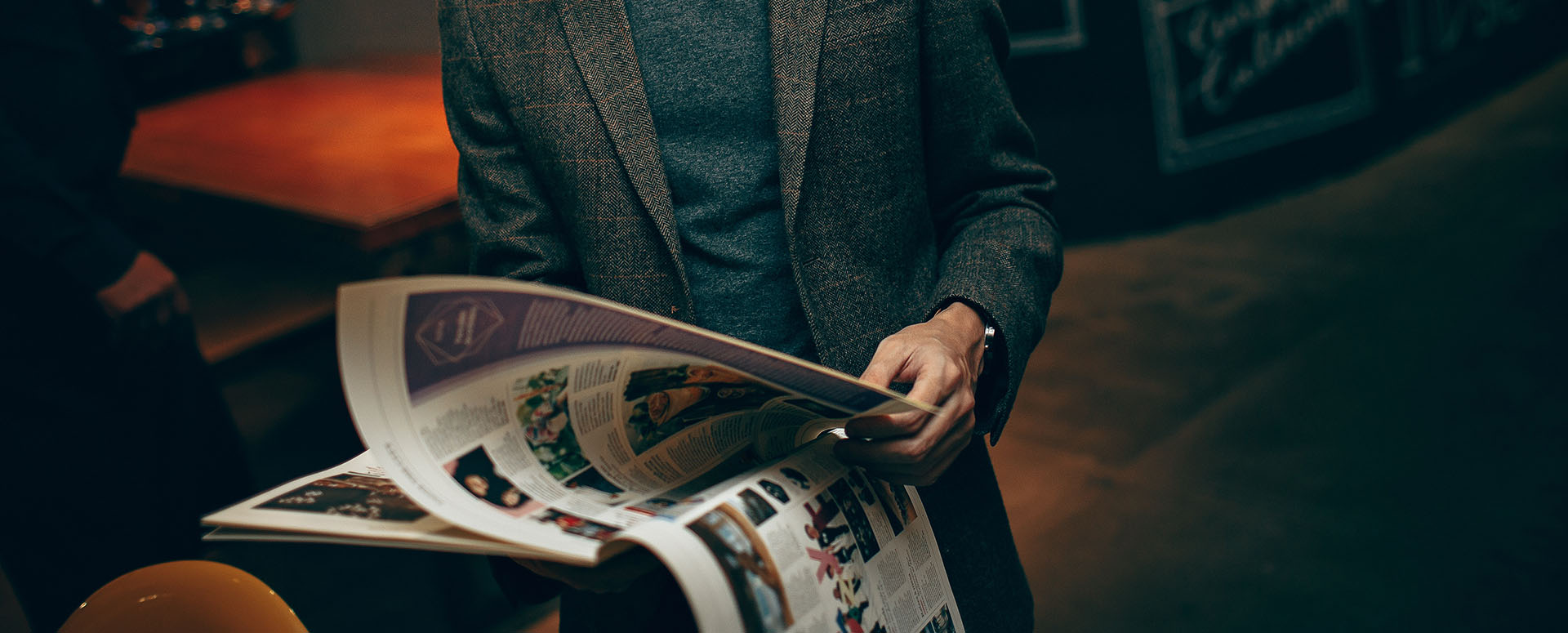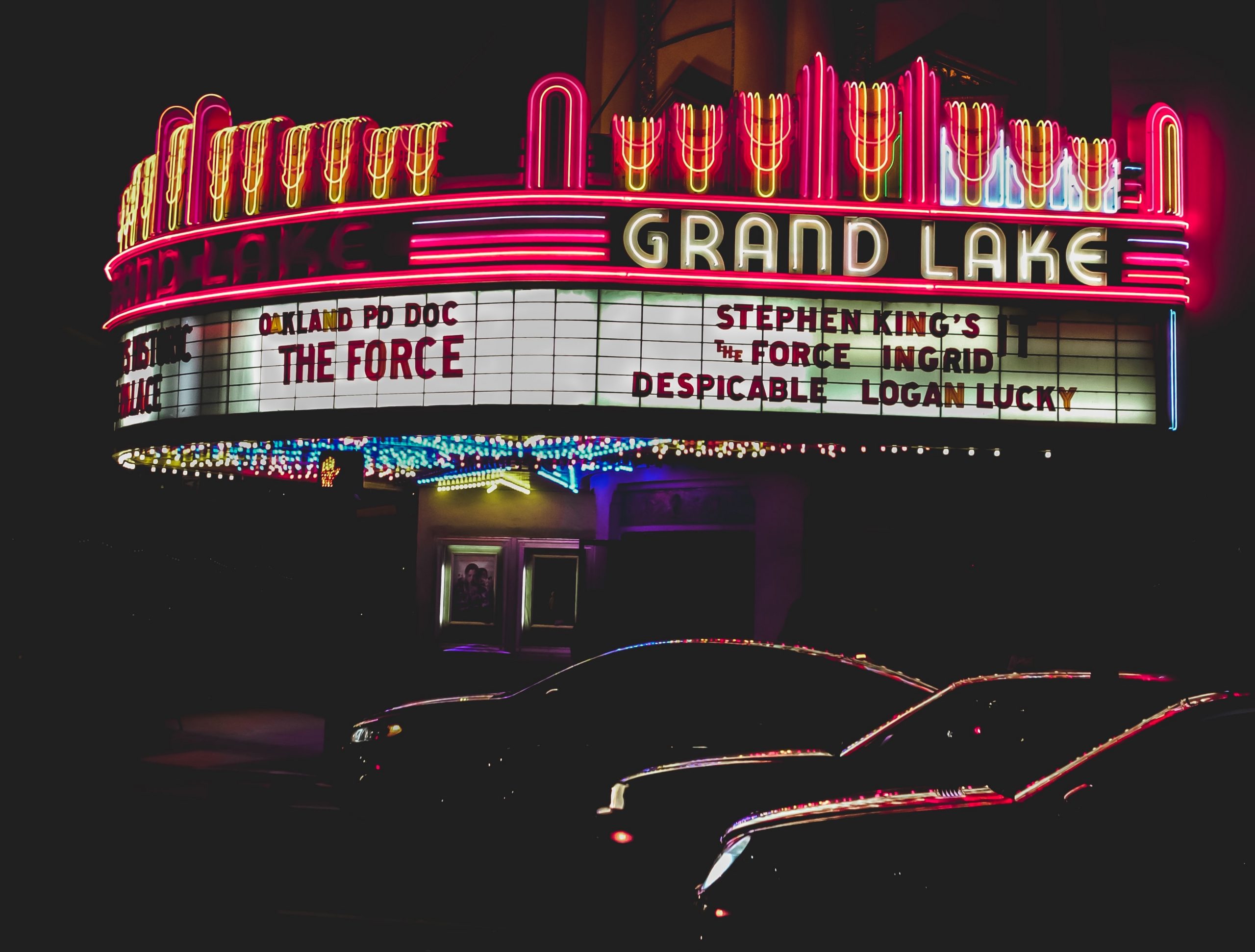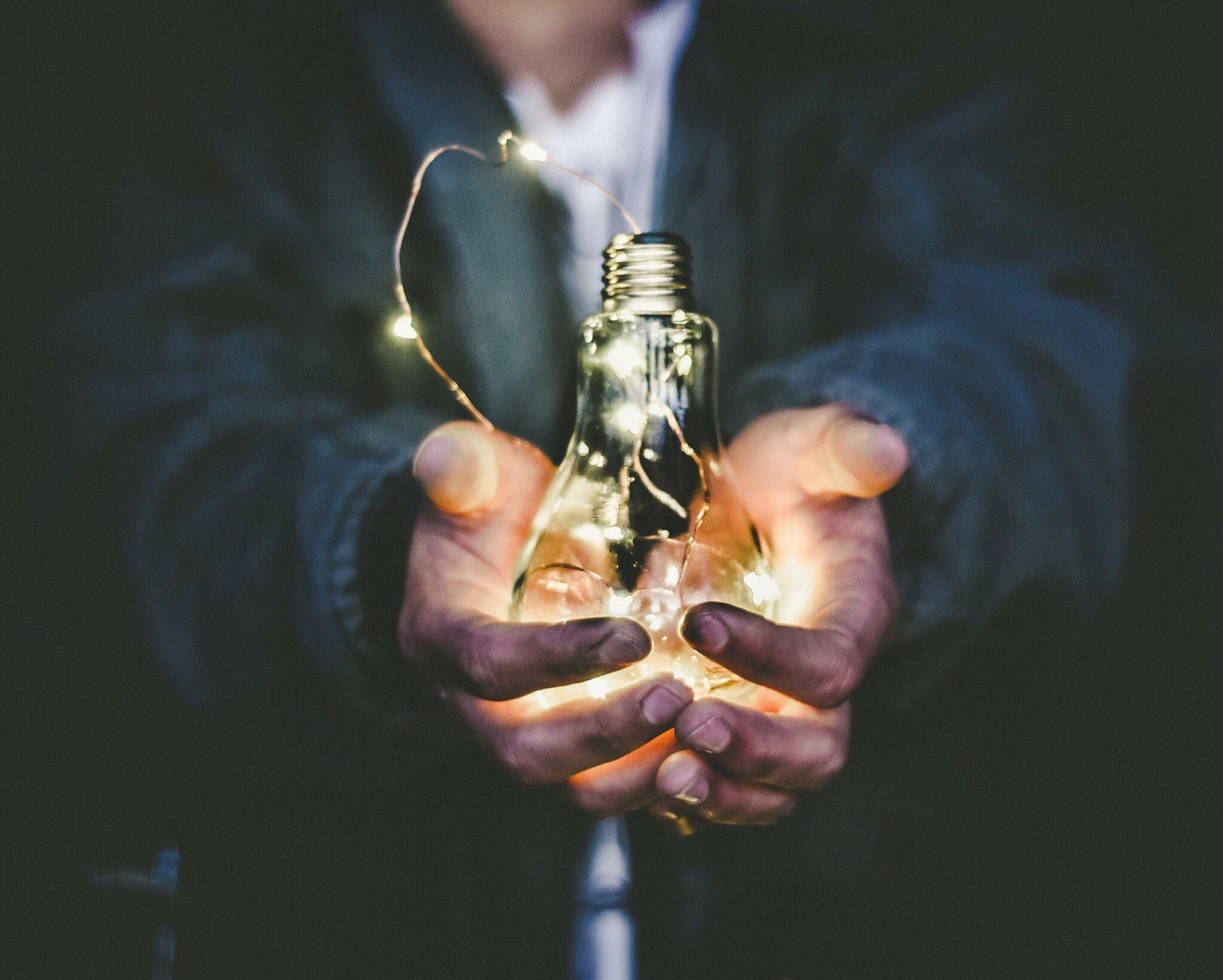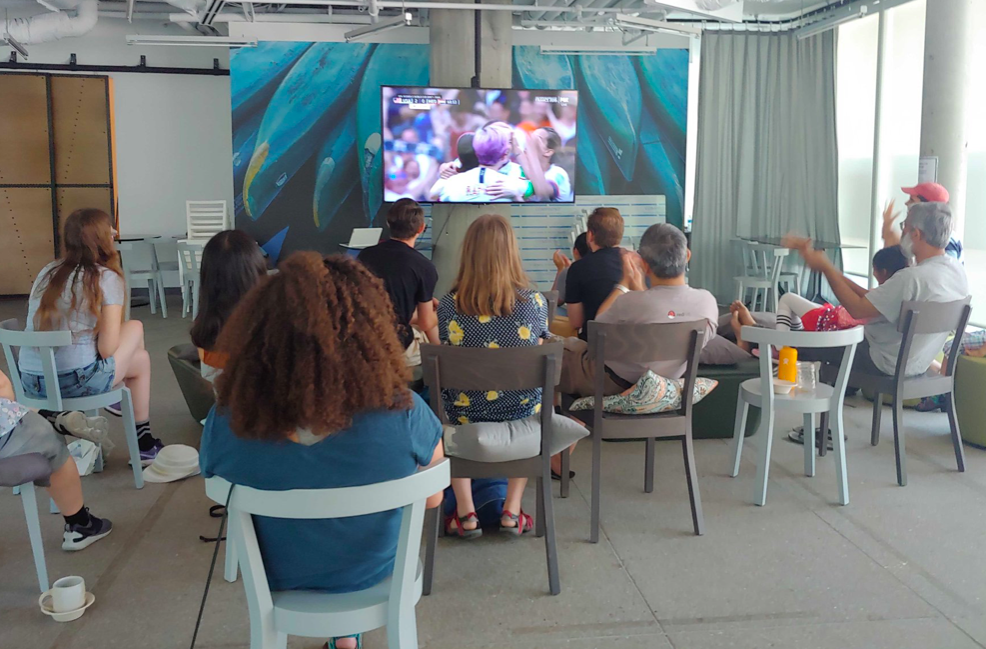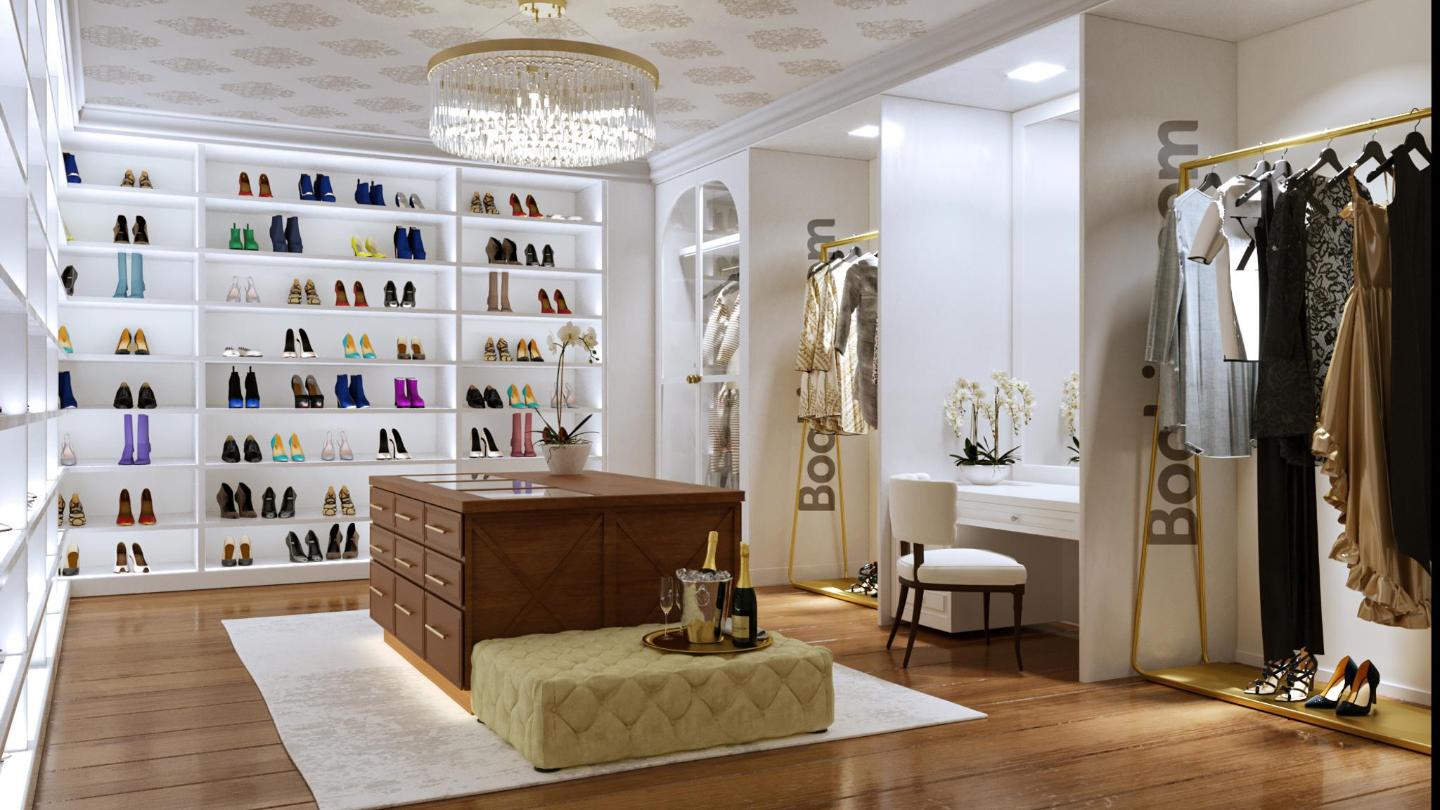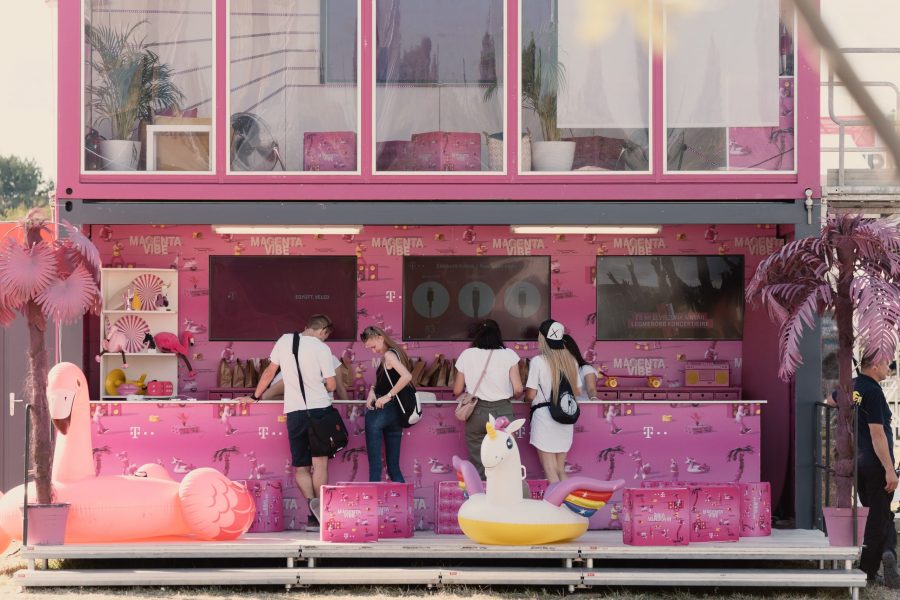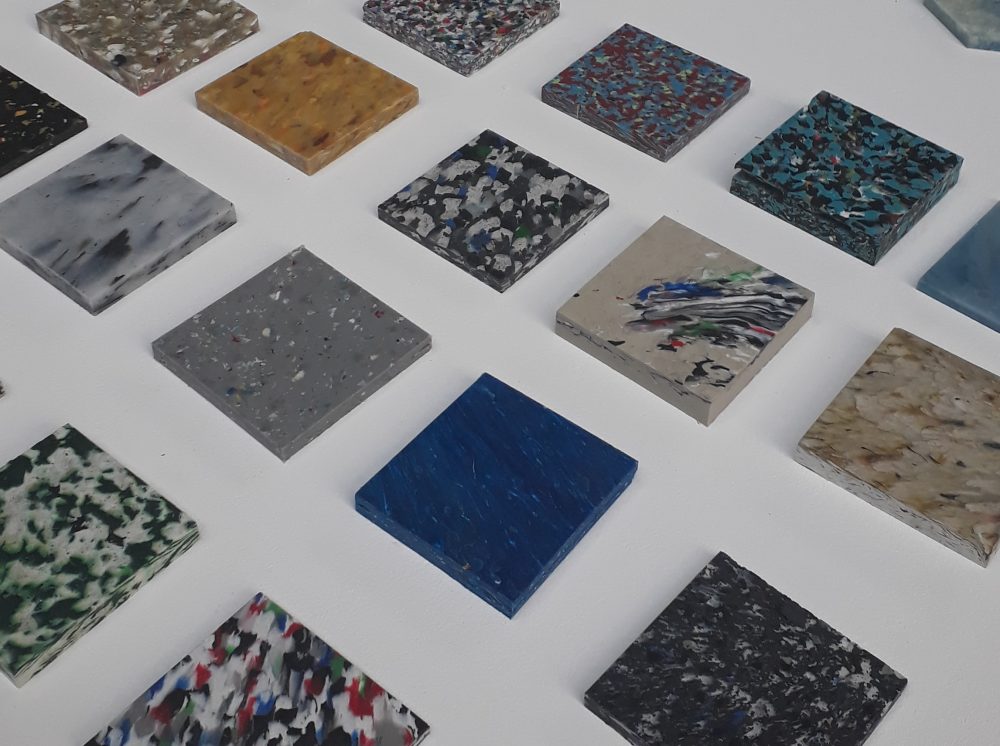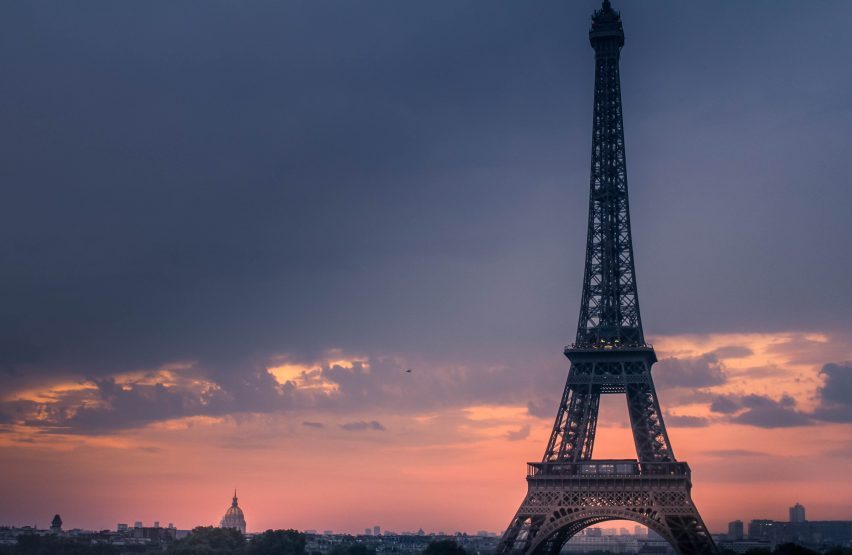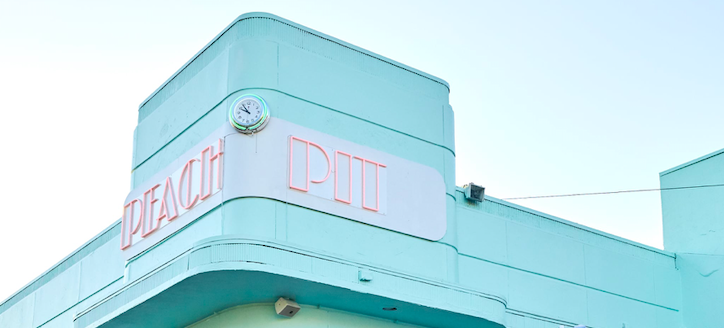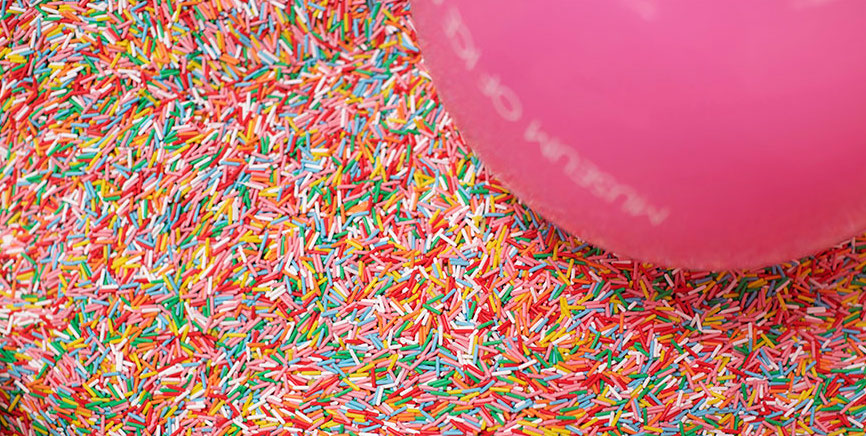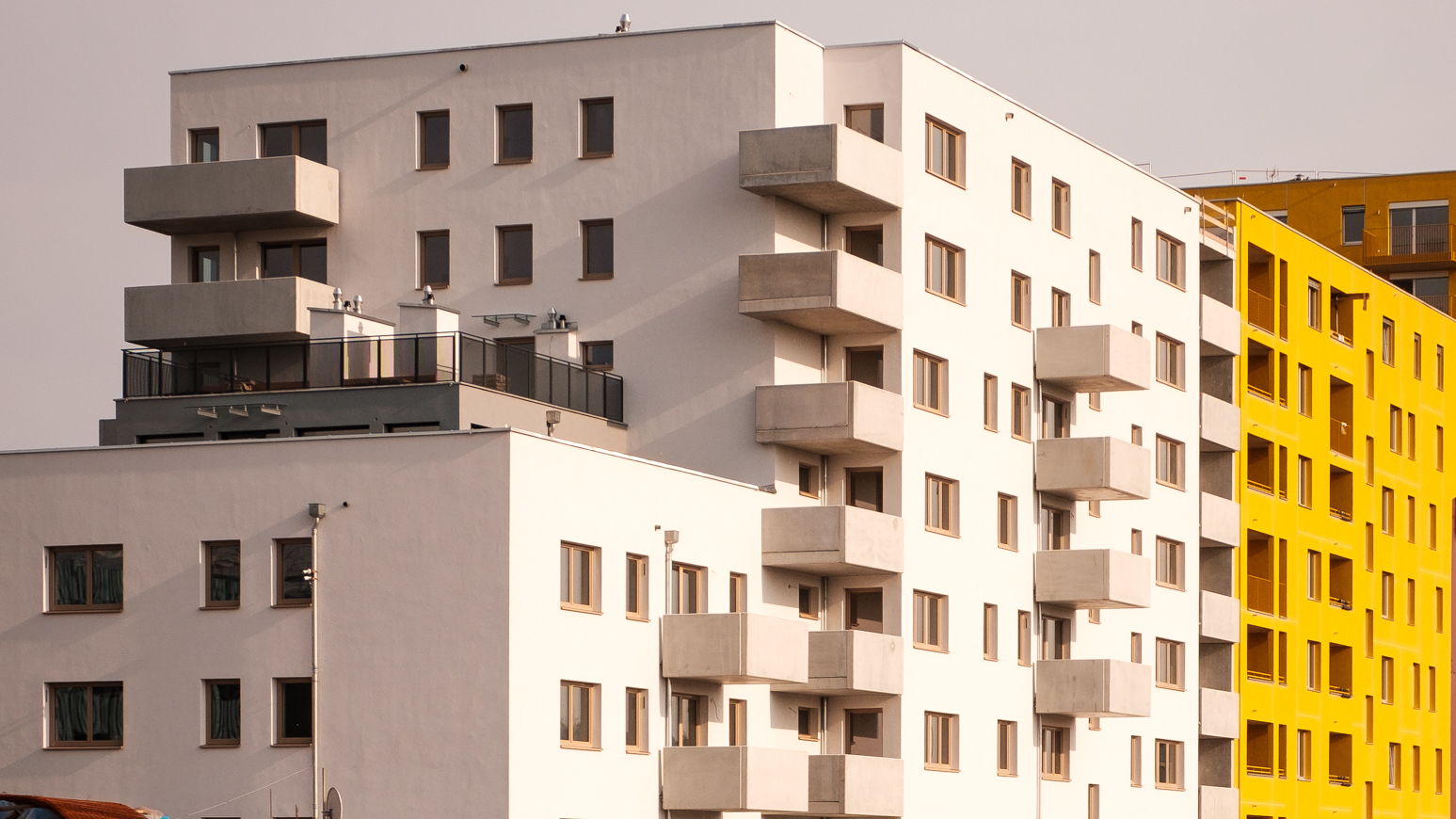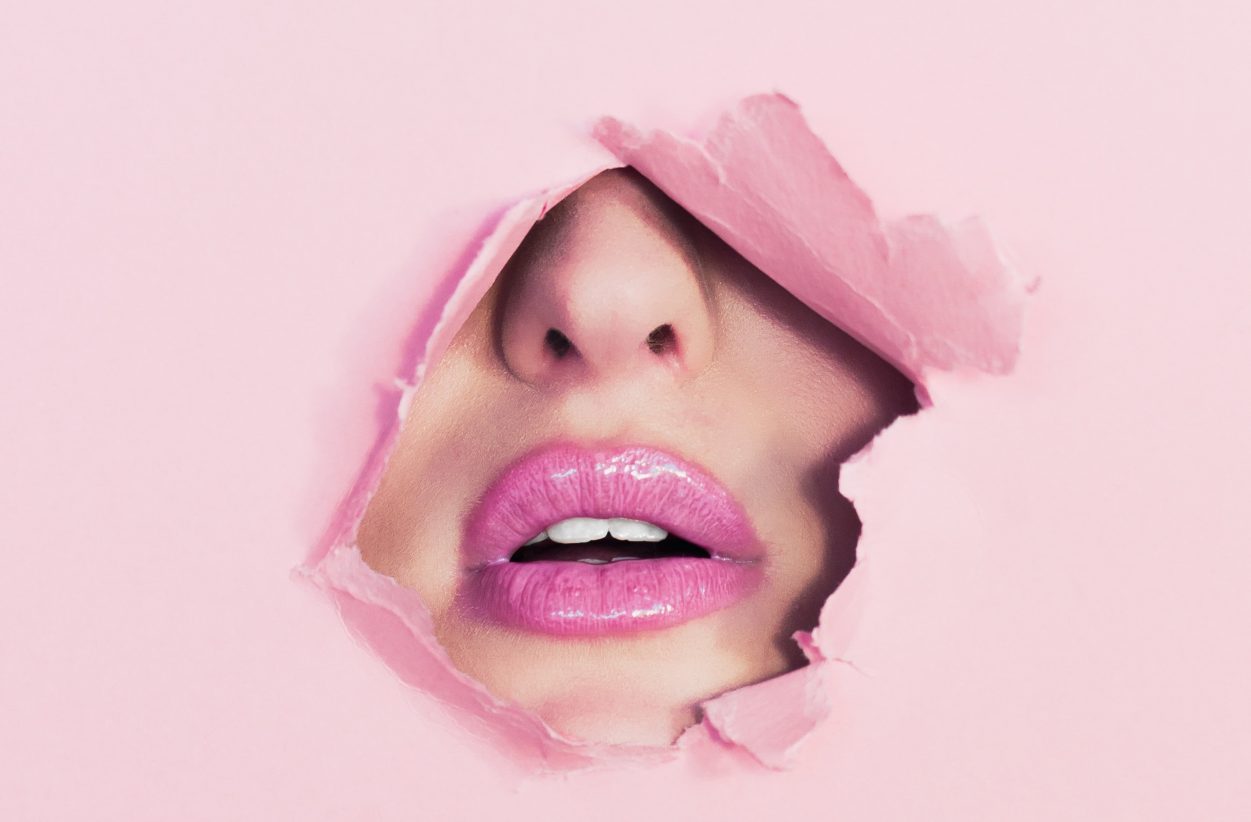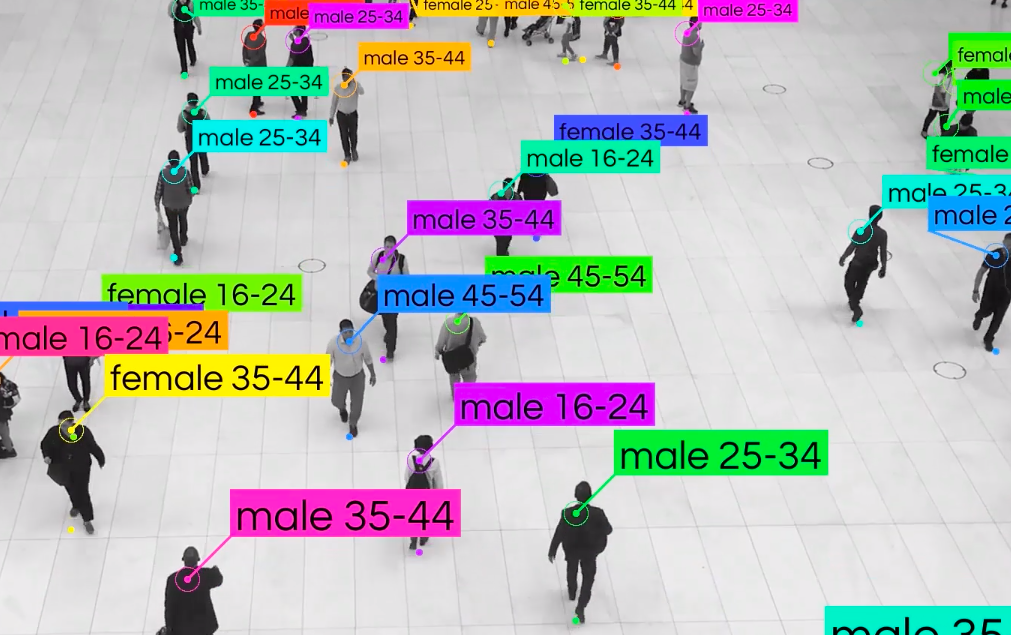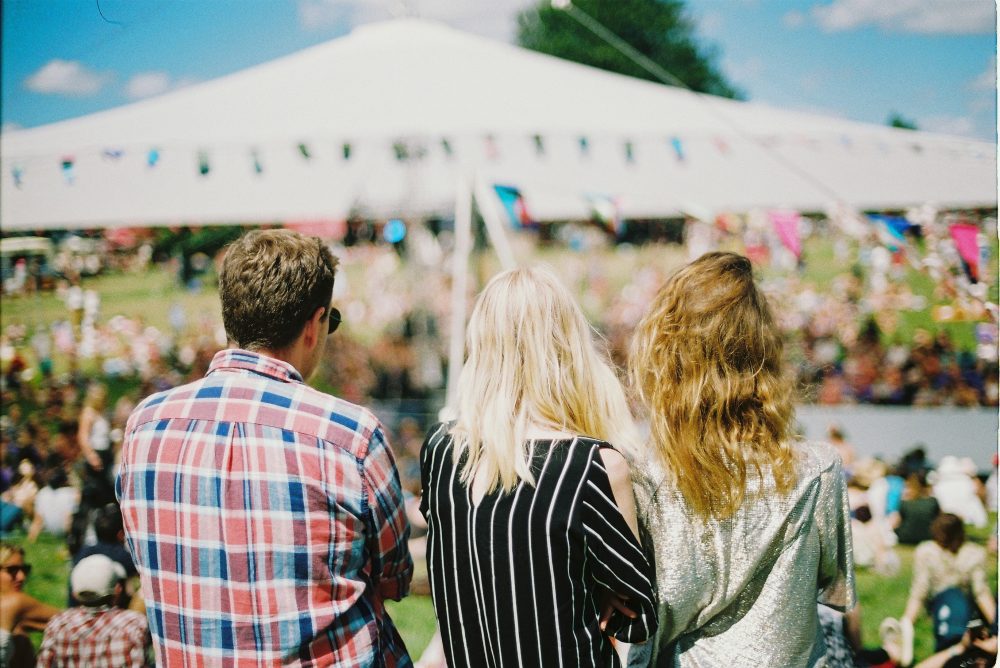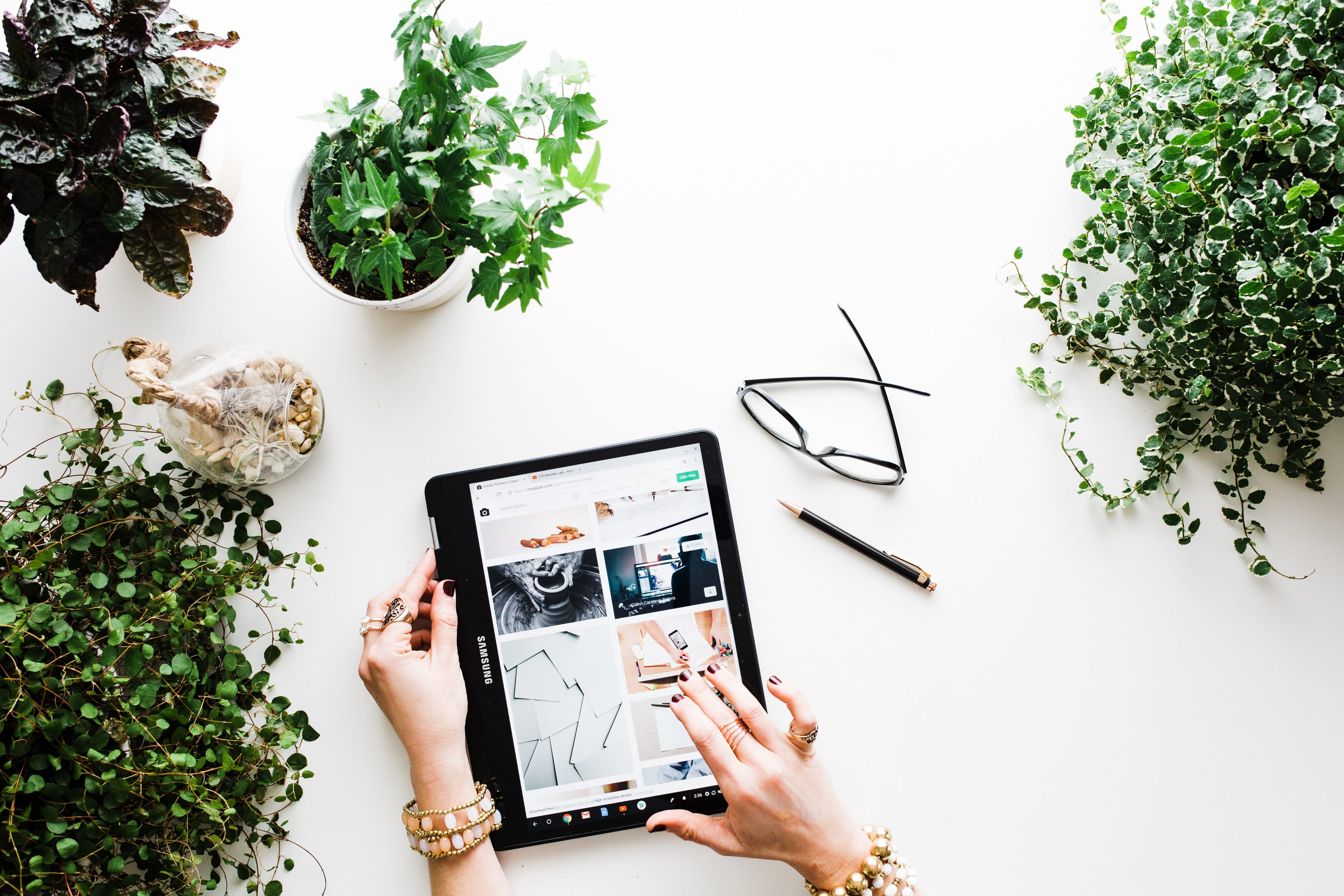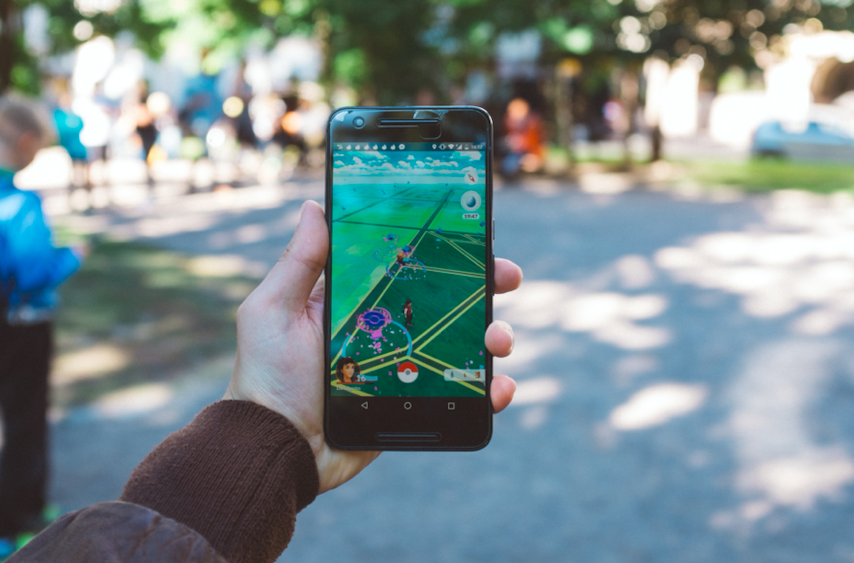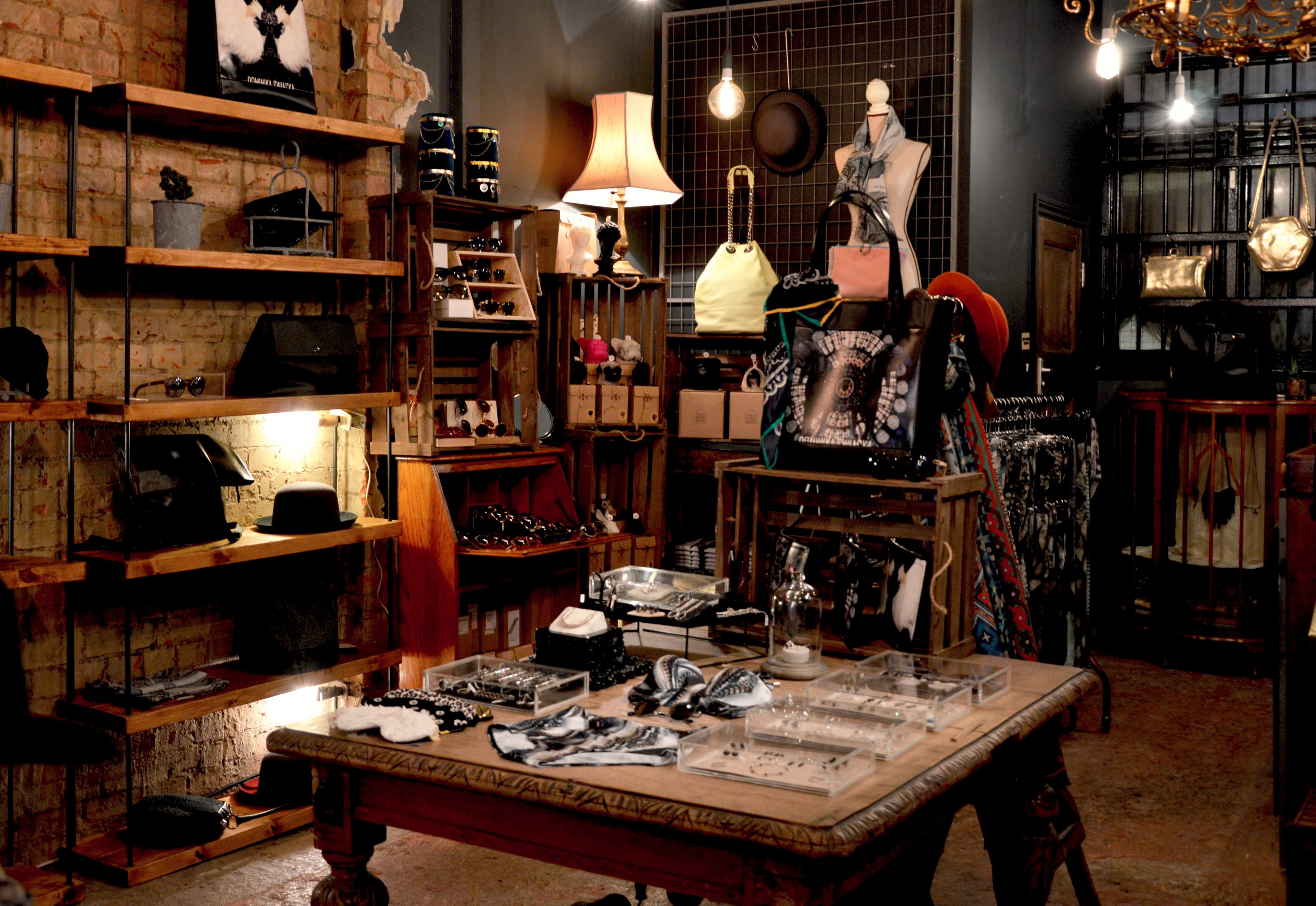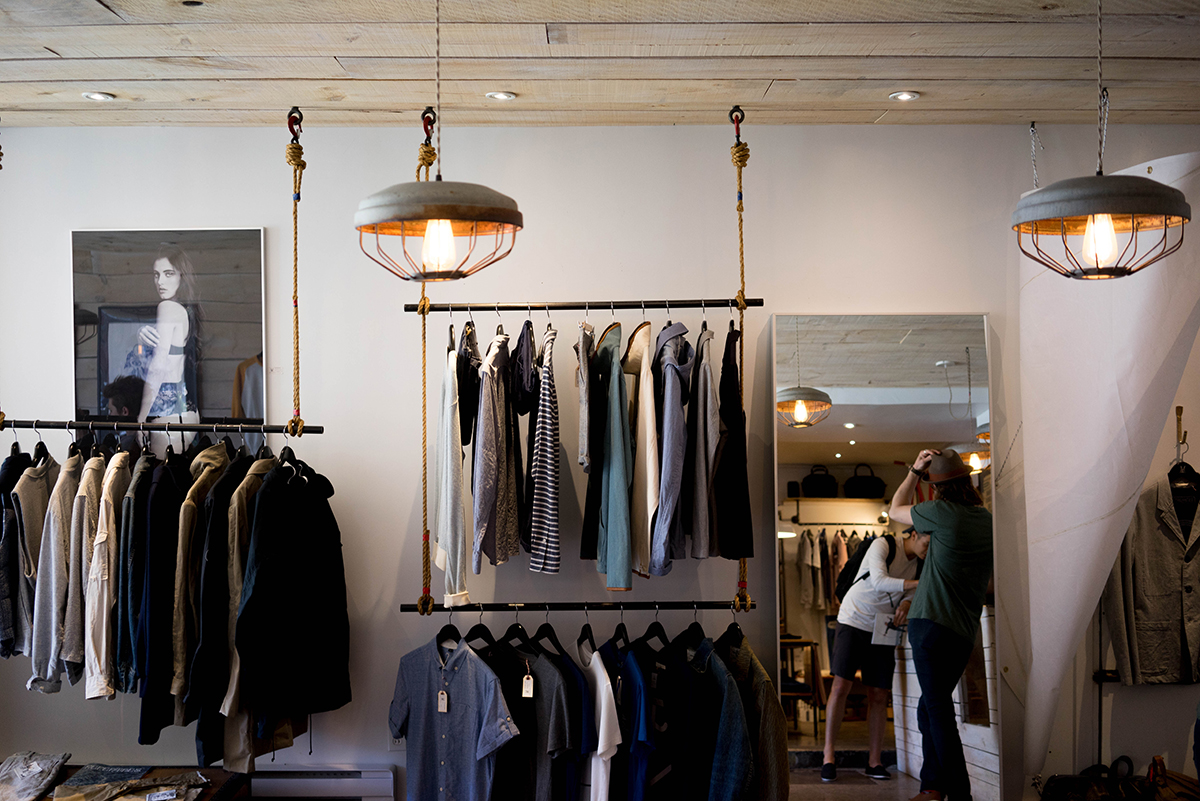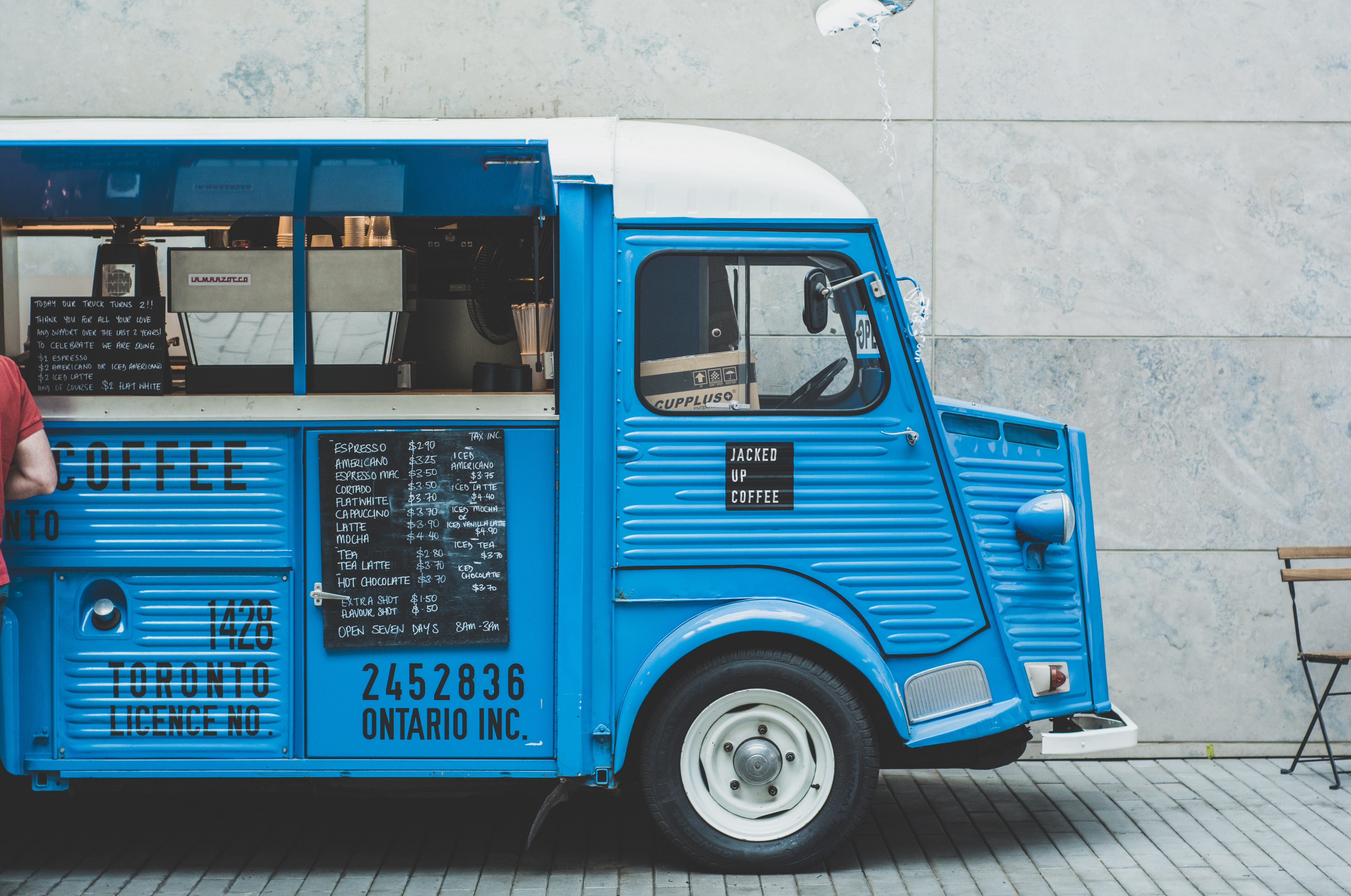COVID-19, CULTURAL TENSIONS AND INSPIRATIONAL POP-UP EVENTS
Amid the rapid current changes, cultural tensions are replacing almost all the predictions done at the end of 2019. Every day, new and inspirational pop-up events are showing, more than ever, how much we need flexible solutions to survive this turmoil. Some of these cultural tensions will last even after the peak of crises will be over, some will become the new normal, only time will tell. //Rapid changes and pop-ups as solutions Lockdown vs globalisation: the lockdown has exposed if we had any doubt, how interconnected we are. We depend on each other's economic functioning and social mobility. Therefore, local governments
3 actions for a more ecological pop-up store
Sustainability is a mega-trend forcing companies to change their way of producing, to lower the impact they might have on the environment. It is also forcing companies to take further measures which are essential for their customers. Today, consumers are extremely informed and are prepared to judge hard if they believe that a company has not jumped yet on the sustainability wave. We give you 3 sustainable actions for a more ecological pop-up store. According to the research company JWT Intelligence, 92% of consumers want to live more sustainably. And the most exciting fact is that they are willing to pay
PUBLIC SPACE AS POP-UP EVENTS
CultureHouse, a non-profit organization of Boston (USA), connected the dots and launched a series of public spaces as pop-up events using vacant stores. Cities are organic and change constantly. It is quite natural, societies change and cities are just a reflection of what are the new needs and desires of those societies. Public spaces have always been a crucial reality of any society. Politics, in ancient Greece, was born in the very core of the function of the public space. Nowadays, however, public spaces such as squares and parks can be challenging when it comes to using this space for the
BOOKING’S POP-UP THEME HOTELS
Booking's Pop-Up Theme Hotels is the last attempt of the international company to remain the leader of the competitive travel industry. The travel industry is today one of the economy's leading sectors worldwide. Indeed, according to The World Travel & Tourism Council (WTTC), this sector supports 1 in 5 jobs around the globe, generating 10% of the global GDP. The traveling scenario has changed over the last 20 years, thanks to more competitors, start-ups, and the internet. The result is that nowadays you don't need to be rich to travel. Travelers' profiles have also changed. It includes solo travelers women, families living
7 tips for a visual merchandiser
7 Tips from a Visual Merchandiser, Ilaria Gasparo works as a VM for Bershka, and has a lot to share! Giulia: Can you explain to me what exactly your job consists of? Ilaria: I’m a Visual Merchandiser. Therefore, I am in charge of everything related to the image of the store. From shop windows, mannequins, lights, internal layout, to marketing material and props and so on. I will explain to you in general what is going on in the retail field. I will also provide you with 7 tips from a visual merchandising, which is a role that can vary from company
THREE TRENDS HERE TO STAY
What can we expect to see along with this 2020 and in the next decade? These are three trends here to stay. Trends don’t happen from one day to the other; on the contrary, they are the sum of the connections of little dots that occur across industries due to political, social, economic, technological, and cultural changes that affect our society. The latter process happens in all sectors, and retail is not isolated. Through our pop-up events, I have the privilege to observe these trends in the making and how different brands and retails interpret those same trends. How is a trend
WHEN PLASTIC IS THE CURRENCY: A CIRCULAR ECONOMY POP-UP
With creativity and imagination, even a circular economy pop-up can become a reality! Last summer Trashlab Miniwiz launched in Porto Cervo (Sardinia, Italy) a pop-up where the money was plastic. Trashlab-Miniwiz is a company that recycles and upcycles materials for all sorts of solutions. From architecture to consumer goods and furniture, with them, rubbish finds a second opportunity and a new life. This circular economy pop-up had a Trashespresso machine and a smart rubbish bin called Robin. Robin recognised and sorted out waste customers brought in, turning it into points. Through an app. customers used points to purchase the products sold in store. What
The best neighbourhoods in Paris for your pop-up store
Paris is one of the major European cities. It has a total of 2.1 million inhabitants (Jan. 2019) and an average of 40 million tourists per year. That is a significant potential group of customers, perfect to launch a pop-up! Each neighbourhood has a broad array of things to offer, so it might be challenging to choose, which is the best one for your next pop-up. However, each of them has some peculiarity and can suit better your pop-up concept for style and public. " Paris is always a good idea."
COMEDY POP-UPS ARE ON THE RISE AS SERIES NOSTALGIA GROWS
We are approaching the end of a decade, and everything from the '90s is becoming vintage. Earlier Millennials are looking the '90s with a sense of nostalgia. At the same time, GenZ is discovering the cult series from that same period. What is making these pop-ups so incredible? Fans will have the possibility to play their favourite characters, and of course, take some memorable pictures. //3 Example of comedy pop-ups Seinfeld: the first comedy pop-up to offer an immersive experience. A live sit-com based on a fictionalized life of stand-up comedian Jarry Seinfeld. The pop-up launched to celebrate 30 years from the program's premiere: displaying
HOW SIGNIFICANT IS VISUAL EXCESS IN A POP-UP EVENT?
According to Sproutsocial.com, Instagram has 1 billion users accessing the platform every month; 50 % of those are scrolling through their feed every single day. That is a big audience! Visual is everything on Instagram, so how significant is visual excess in a pop-up event. Taking advantage of the dominant visual culture, we are embedded in, many brands have been able to prove that the "Instagram Economy" is still working. One example we want to bring to the spotlight is the case of the Museum of Ice Cream (MIC). Why is this example so emblematic? Probably because it is the first pop-up
How pop-ups can be an integrating part of a complete urban planning.
We can consider cities special living creatures, they have strong identities that characterise one from another, they have energy, and they change through time. Neighbourhoods are profoundly affected by these changes, and urban planning is a crucial element if the institution and local governments want to guarantee sustainable growth. The main objective is to ease the most burning conflicts that affect cities nowadays: pollution, sustainability, housing to mention some. Every week 1.5 million people move from urban areas to a metropolis, worldwide, according to UN estimations, with a higher tendency in developing countries in Asia and Africa. The projection is
Beauty market grows strong and uses pop-up in its strategy
The concept of wellness has changed over time. It is no longer connected to the mere idea of being healthy but includes other core areas of our life: mental, emotional, social, environmental and physical wellbeing. Indeed, for the World Health Organization, wellness is “a state of complete physical, mental, and social wellbeing, and not merely the absence of disease or infirmity." According to the Global Wellness Institute, the overall wellness economy is estimated to value around $4.2 trillion in 2017. It represents 5.3% of global economic outcome, showing how large and powerful this industry is. The overall industry comprised several sectors
How AI can help monitoring the crowd coming to your next Pop-up.
Artificial Intelligence, or AI, is every time more embedded in our lives. Through the use of computer science programming and by analysing data and surroundings, it is possible to solve or anticipate problems and learning or self-teaching it to adapt to a variety of tasks. Retail is a sector benefiting, as well, from AI by providing customers with instant support inside the store by using robot or touch panels. These techniques can help to increase efficiency, by faster helping the customers but also by providing to the company direct feedback about consumers' preferences. The results are several: from reducing customers waiting
DIGITAL NATIVE GENZ PREFERS PHYSICAL EXPERIENCES
Millennials, born between 1980 and 1996, have been at the centre of the attention for the last decade. To the point that fashion even gave to this generation a colour: the famous Millennial Pink. It is a sort of a grapefruit shade and apricotty salmon; you might like it or not, but for a while, it was everywhere! We have learnt everything about this exciting and multitasking generation. A generation that through the decades has learnt to adapt to many changes. During the ’90s, they lived on their young skin, the shift from an analogue to a digital society. To
Mega trend: Seamless Commerce, a holistic way to interpret retail.
A Mega-trend is a global, sustained and macro economic forces that impact several aspects of the society at the same time: business, economy, the behaviour of the society, cultures and the way individuals live. Mega-trends develop over a longer period and step by step, define our future and the future of our world, having a big impact on the pace of change itself. If you think about your daily life you will immediately identify several aspects impacted by technological developments that have changed over the years. In the era wherefrom our phones we can virtually carry out every aspect of what
New ecosystems: from “push model” to “pull model” and why Pop-Up Stores can enhance the latter
The internet has been a turning point for the way we understand time, distances and communication, democratizing the way information is shared. Two major disruptions have changed the way we understand retail: the inception of tech giants and new consumers’ empowerment. Let’s take a look at the scenario of the tech giants: Apple has changed the way we communicate, they had a vision: putting into our hands the world. They achieved it by creating the idea of a smartphone and ratifying the end of the Blackberry era. They never intended to compete against the Blackberry (the most famous phone and a status symbol
Is owning your data the new luxury? Facebook is trying, through Pop-up cafes, to help us understand how to manage our privacy.
With more and more companies using data to extract vital information about the behaviour of consumers to transform them into products, services or the right banner to show up during an internet browsing, is not news that owning our data is on its way to becoming a human right. Why? Because data should be interpreted as property and people compensated accordingly, one might say. In the future, some predict that only who will be able to pay not to have their data stored and used will benefit some degree of privacy and control. As any technology does, also the internet has advanced
A/R a futuristic trend: ride it with a Pop-Up event!
While Virtual Reality or VR did not make it to our daily reality, Augmented Reality or AR, however, thanks to our mobile phones and an App., is a technology that is being largely used in retail and consumers will increasingly expect to have this option when getting in contact with a brand. What is exactly AR? Augmented reality is a technology able to expand the physical world, adding layers of digital information to the reality we see. AR to the contrary of VR does not create a whole artificial world but enhances, adds or complements the reality we touch with
5 POP-UP TRENDS TO FOLLOW IN 2019
Since the advent of the internet, many things in our lives have changed. Over the past decade, retailers have been battling a dual transformation. Expanding their business onto the digital world while trying to reinvent their physical spaces. These are 5 pop-up trends to follow in 2019. Some companies have started to suffer from a cannibalistic effect, as their consumers bought more online than in their physical stores. However, the death of the brick-and-mortar has never really arrived. //Trailblazers showing us the way: from Experiential Marketing to Customers’ Emotions Visionary and forerunner retailers have been able to read the signals. Understanding what customers
Retail-Detail: Pop-Ups from a trend to the mainstream. The story of how Pop-Ups became “a thing”.
Short-term retail formats, designed to engage customers directly for the purposes of generating brand awareness, selling seasonal goods, testing new products and markets or responding to local needs are not recent as we might think, they have a history that dates back many centuries to the earliest known travelling merchants. The very earliest concept of retail trade involved caravans or travelling solutions that would “pop-up” in different locations, bringing products that otherwise wouldn’t have been available to customers, such as exotic products: spices, carpets, fashion and much more. These travelling merchants would visit different locations on a seasonal or periodic basis,
How a Mobile Pop-Up can help you to reach micro-segments of your audience in their natural environment.
Nowadays consumers have very busy and nomads lives, free time is wisely divided among important things: family, friends, wellbeing or interests such as education and entertainment. Brands need to find new ways to seize customers’ attention; ‘shock and awe’ is a new strategy to capture consumers’ time offering one of a kind and unexpected experiences. Let’s take the example from British designer Lee Broom that during the Fuori Salone at Il Salone del Mobile of Milan in 2016, created a pop-up truck that hosted a dramatic mobile installation, functioning as mobile show-room, the van arrived via land from the designer HQ


